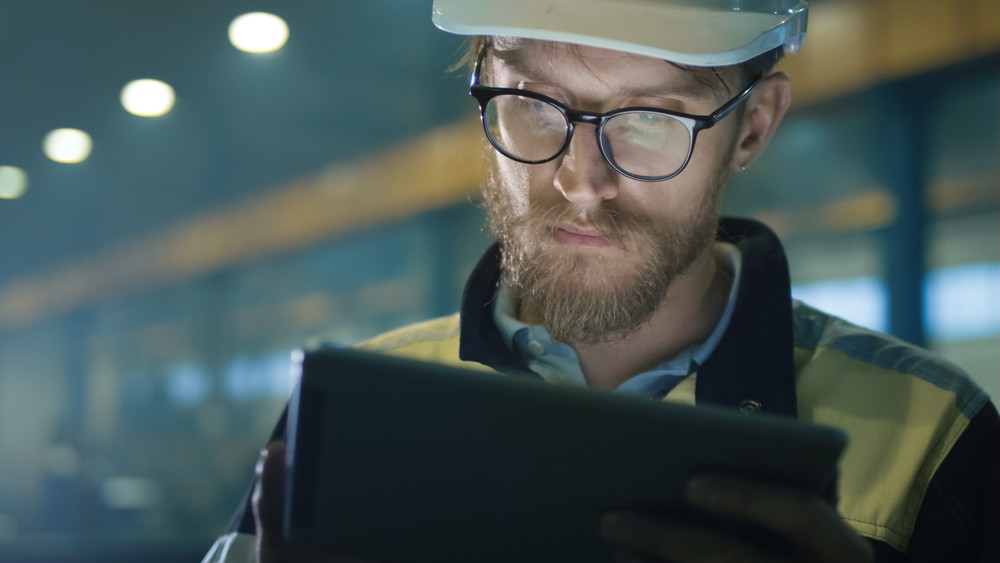Reinvigorating Manufacturing Industries & Closing Skills Gap

As manufacturing slips further into contraction and the world economy teeters with uncertainty, longstanding issues are increasingly found under a spotlight — and none shines brighter than the skills gap. Many manufacturers cite the lack of qualified, skilled workers as a reason for their struggles, both recent and ongoing. Unfortunately, it’s a problem that will continue to persist without specific initiatives to remedy it. Thankfully, numerous strategies are in place and beginning to kick in, which could shift the spotlight on industry’s most persistent problem to a brighter, more stable future.
Reinvigorating the industry
On a macro scale, bridging the skills gap has been a priority of government for the better part of two decades. Reinvigorating STEM (science, technology, engineering, and mathematics) programs has been a longstanding priority for every administration since the first term of George W. Bush, pushed forward by the American Competitiveness Initiative. Several industry-focused initiatives followed with each new administration, including the America COMPETES Reauthorization Act of 2010 and the Presidential Executive Order Expanding Apprenticeships in America signed by President Trump in 2017.
The purpose of each piece of legislation and many more like them is simple: entice the next generation of skilled factory workers with the promise of a long-lasting, gainful career.
Expanding opportunities
Most manufacturing skills initiatives focus at the earliest point of the problem: a lack of STEM candidates in the workforce. The push to fund STEM programs in schools and accelerate student interest in new-age STEM fields like robotics and engineering, is strong. But education isn’t the only bridge being built to close the skills gap. The next best thing to a manufacturing career is the path to one: apprenticeships.
Early this year, in 2020, the U.S. Department of Labor (DOL) has already committed $100 million in grants as part of its Closing the Skills Gap program. According to the DOL, these grants will train more than 92,000 workers. But that’s still a far cry from the 6.2 million unfilled manufacturing positions in the United States today. There’s more we can do, and it’s up to employers to tackle it on a micro level.

What can manufacturers do?
Individual manufacturers arguably have the most important role in closing the skills gap. They’re tasked with ensuring fruitful employment to STEM graduates and apprentices. At the employer level, it goes beyond filling a job vacancy — it means incentivizing workers to commit to a career in manufacturing and retaining skilled labor through ongoing initiatives. Some of the best ways to do this include:
- Promote education or re-education for employees to help them maintain their skills.
- Offer benefits and salaries that promote company loyalty and worker/family prosperity.
- Reinvest in the workforce in the form of new technologies and tools to stay current.
- Create a positive workplace culture that encourages skilled workers to build a career.
- Focus on expansion and growth to continually expand the manufacturing workforce.
Manufacturing has proven a fruitful industry with boundless opportunity. The task of bringing on skilled workers is important at every level. Government initiatives are slowly working to engage young minds; bridge programs are in place to encourage career development. Manufacturers need to push the final charge, delivering STEM graduates and skilled workers everything they’re promised.